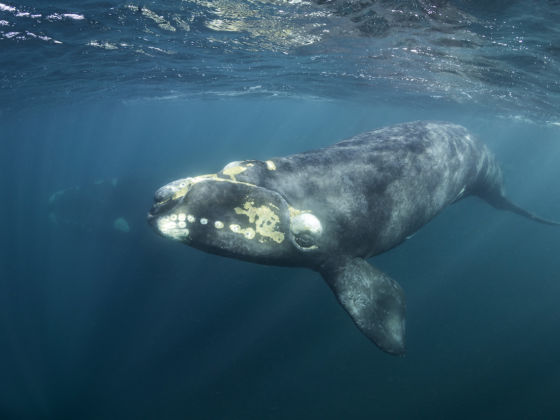Finally, there’s good news coming from our oceans. According to researchers at the Center for Coastal Studies, three North Atlantic right whale mother and calf pairs were recently spotted in Cape Cod Bay — after zero North Atlantic right whale newborn sightings in 2018 — hinting at a mini baby boom this year.
TWO MORE RIGHT WHALE CALVES SEEN IN #CAPECOD BAY! On 4/11/19 the CCS #rightwhale aerial survey team saw 2 more mom/calf pairs in the bay, bringing the number of calves observed by CCS this season to 3. The moms are EgNo 4180 & EgNo 3317. More at https://t.co/SvNe25Hntf pic.twitter.com/qGIa5RV7dl
— CoastalStudies (@CCSPtown) 12 avril 2019
The North Atlantic right whales were hunted nearly to extinction back in the late 1800s, and were listed as endangered in 1970. Although whaling is not a threat for the species any longer, human interaction is. According to the National Oceanic and Atmospheric Administration (NOAA) Fisheries, “The leading causes of known mortality for North Atlantic right whales are entanglement in fishing gear and vessel strikes.”
